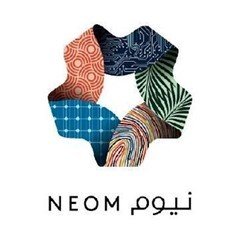Advanced treatment modalities to treat the curve defect in spine

Dr Arvind G Kulkarni, ‘Head of Mumbai Spine Scoliosis & Disc Replacement Centre, Bombay Hospital, Mumbai
What is scoliosis?
Scoliosis is a deformity when the spine becomes abnormally curved sideways. In most of the cases the cause is not known and it develops and seems noticeable around the teen age. A person is said to have scoliosis when the curve measures more than 10 degrees. Severe spinal curve reduces the amount of space within the chest making it difficult for her lungs to functions.
Causes of Scoliosis
1. Idiopathic – Most of the time, the exact cause and reasons are unknown, which is known as idiopathic.
2. Known cause – when the scoliosis has clear causes. It is categorized into two –
· Non-structural – The spine looks curved but no substantial hindrance in the functioning of the spine. Sometimes when one leg is longer than the other, it becomes a reason for the curve to form.
· Structural – the causes for structural scoliosis includes birth defects, cerebral palsy, infections or muscular dystrophy. In this condition the spinal curve becomes rigid and is difficult to treat.
3. Congenital – Sometimes during pregnancy, baby develops incomplete vertebrates that lead to failure of its division leading to curve in the spine. It is merely noticeable during a child’s birth and is prominent when the kid is around their teenage.
4. Neuromuscular- This is seen in conditions like poliomyelitis, spinal muscular atrophy, cerebral palsy, Down’s syndrome, where the deformity is a result of weakness in the muscles supporting the back. As a result of this, the patient collapses whenever he tries to sit up.
5. Degenerative – This is common in elderly persons. As we age, the Bone Mineral Density reduces and the disks and joints of the spine wear out leading to formation of a curve in the lower back.
What are the types of Curve?
Most often the curve looks like a C-shaped and when there are two major curves it appears in the shape of S, commonly known as Double major curve.
1. Dextro-scoliosis – when the inclination is towards the right side of the spine.
· Right thoracic
· Right thoracolumbar
· Right Lumbar
2. Levo-scoliosis – when the inclination is towards the left side of the spine.
· Left thoracic
· Left thoracolumbar
· Left Lumbar
What are the treatment options?
Observation: In very mild curves
Bracing: In mild to moderate curves in children who are of growing age, braces will help
Spinal Fusion surgery
When the curve is significant and is still progressive , especially close to skeletal maturity, deformity correction and fusion surgery is performed where the bent or curved structure is held using pedicle screws, hooks and wires to keep the spine straight and still.




